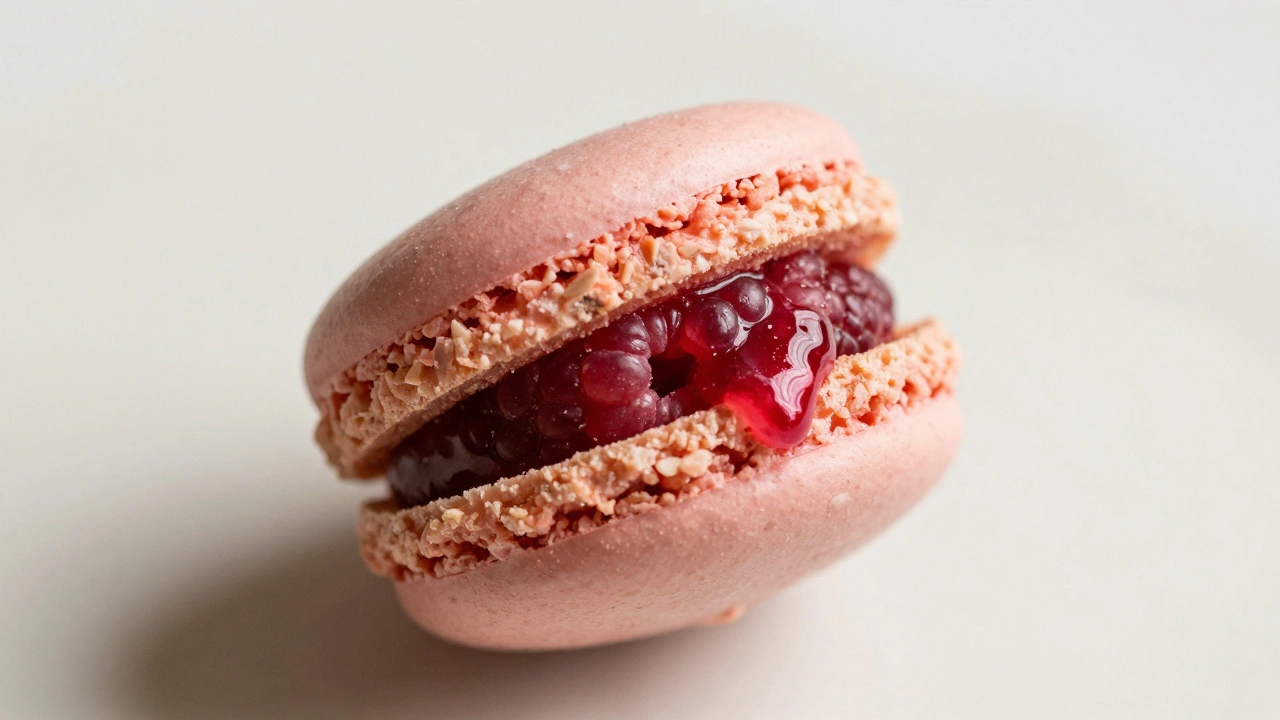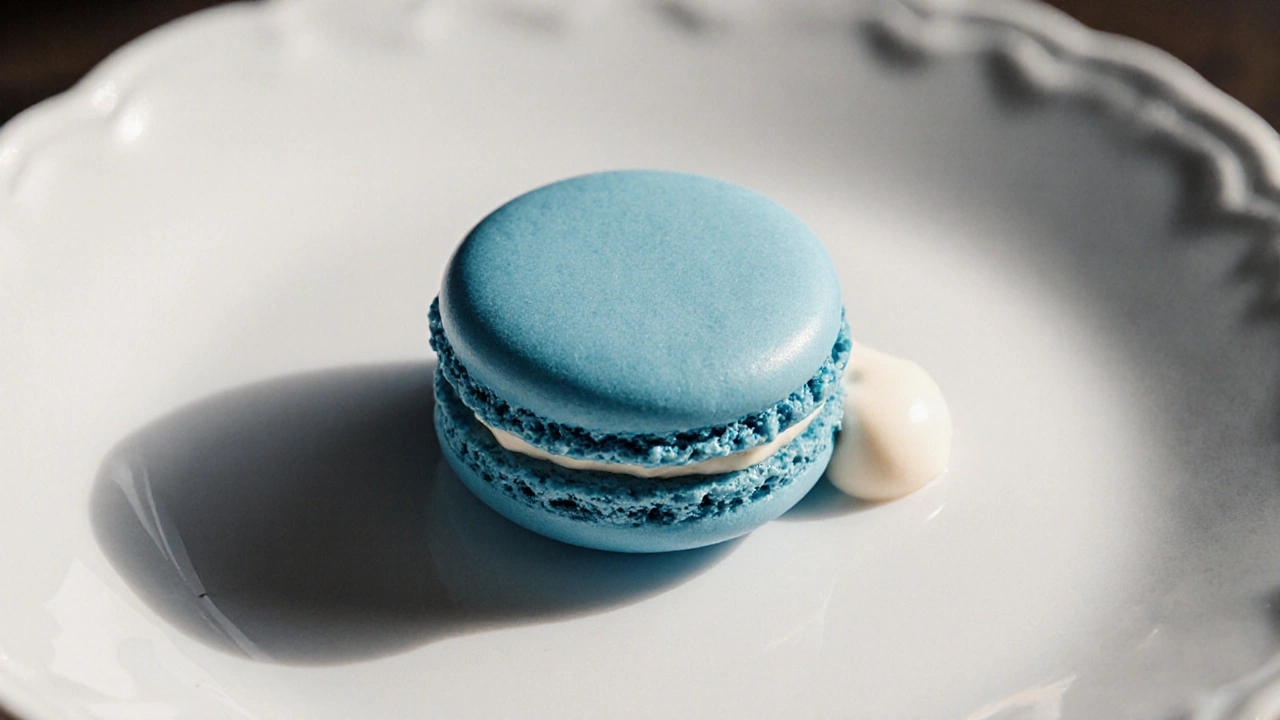Macaron Flavor: Best Tastes, Tips, and How to Get It Right
When you think of macaron flavor, a delicate French pastry with a crisp shell and soft, creamy center. Also known as French macarons, it's not just a cookie—it's a canvas for flavor. The magic isn’t in the almond flour or egg whites—it’s in what you put between them. A bad macaron is dry and crumbly. A great one? It melts on your tongue, bursts with flavor, and leaves you wanting another.
Flavor starts with the filling. Vanilla bean, salted caramel, and raspberry coulis are classics for a reason—they balance sweetness and acidity without overpowering the shell. But don’t stop there. Matcha, pistachio, and even black sesame bring depth you won’t find in store-bought versions. The key? Use real ingredients. Extracts and artificial colors fade fast. Real cocoa powder, fresh fruit purees, and high-quality spices? They last. And they make a difference you can taste.
And here’s the thing: macaron flavor doesn’t live in isolation. It’s tied to the shell’s texture, which depends on how you mix the batter, how long you rest it, and how hot your oven runs. A poorly baked shell turns a great flavor into a disappointment. That’s why so many people fail—they focus only on the filling and ignore the foundation. The shell needs to be smooth, slightly chewy, and just sweet enough to let the filling shine.
For those avoiding gluten, good news: traditional macarons are naturally gluten free, a dessert made without wheat, barley, or rye. Also known as gluten-free French cookies, they’re safe for celiac diets—as long as your almond flour and fillings aren’t cross-contaminated. Always check labels on powdered sugar and extracts. Some brands use wheat-based anti-caking agents or flavorings derived from barley.
Macaron flavor also changes with season and culture. In Japan, you’ll find yuzu and sakura. In France, it’s lavender honey or coffee ganache. In the U.S., it’s often peanut butter cup or s’mores. These aren’t gimmicks—they’re innovations built on the same simple structure: almond, sugar, egg, flavor. The best bakers don’t chase trends. They understand the balance.
What you’ll find in the posts below? Real recipes. Real fixes. Real flavor guides. No fluff. Just how to make macarons that taste as good as they look—whether you’re trying your first batch or perfecting your 50th. You’ll learn what fillings hold up best, how to avoid cracking shells, and which flavors actually taste better than they look. No vague advice. No Instagram hacks. Just what works, tested in home kitchens, not fancy bakeries.


